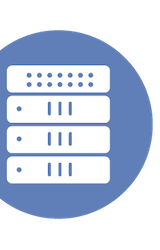Juniper Networks vMX Overview
Event: Networking Field Day 10
Appearance: Juniper Networks Presents at Networking Field Day 10
Company: Juniper Networks
Video Links:
- Vimeo: Juniper Networks vMX Overview
- YouTube: Juniper Networks vMX Overview
Personnel: Ariful Huq
Ariful Huq, Senior Manager of Product Management, introduces the Juniper Networks vMX virtual networking solution and gives an overview of how it can help modern data center networking.







